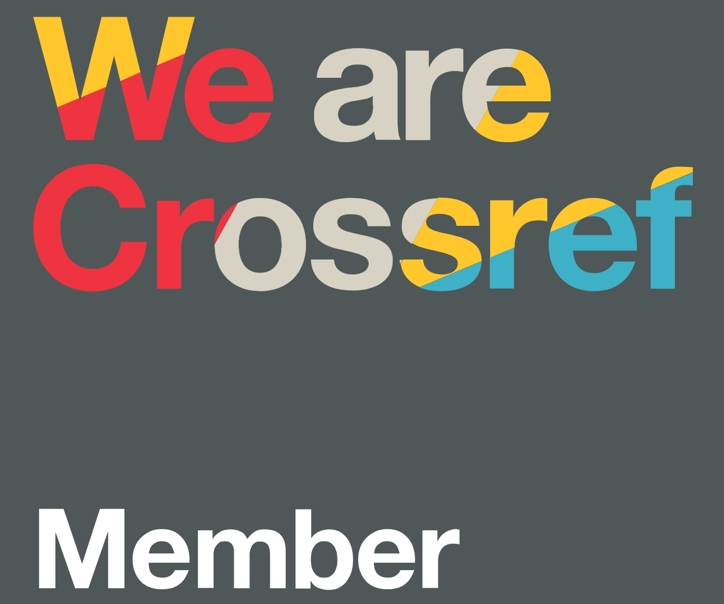Understand Relative Pronoun: Important Connectors In English Sentences
Main Article Content
Faiz Al Abid
Balqis Anis Wardah
Ok Silvia Hervina Damanik
Nabila Aulia Putri
Yani Lubis
This research comprehensively examines the use of relative pronouns in English and their implications for language learning, both in academic and practical contexts. Relative pronouns such as who, whom, which, that, and whose are essential grammatical elements in complex sentence construction and play a vital role in producing cohesive writing. Through a methodological approach combining descriptive analysis, literature studies, and field research involving 100 English major students, this research investigates various aspects of relative pronoun usage, including grammatical functions, contexts of use, common error patterns, and effective learning strategies. Research findings reveal that 75% of learner difficulties are related to misunderstandings in distinguishing between the use of who and whom, as well as confusion in the placement of that and which. Further analysis shows a significant correlation between mastery of relative pronouns and academic writing ability. This research also identifies and proposes a series of innovative learning strategies, including contextual approaches and corpus-based learning, which have proven effective in improving the understanding and use of relative pronouns. These findings provide substantial contributions to the development of English language learning materials and offer practical implications for teachers in designing more effective teaching strategies for the topic of relative pronouns.
Azar, B.S. 1993. Understanding And Using English Grammar, Edisi kedua. Bina Aksara, Jakarta
Bloomfield, L. 1993. Language. Holt & Winston. Inc. USA
Issac, S & Michael,W. 1987. Handbook In Research And Evaluation. Edit Publishers, San Diego
Sudaryanto. 1993. Metode Dan Aneka Teknik Analisis Bahasa. Duta Wacana University Press, Yogyakarta






